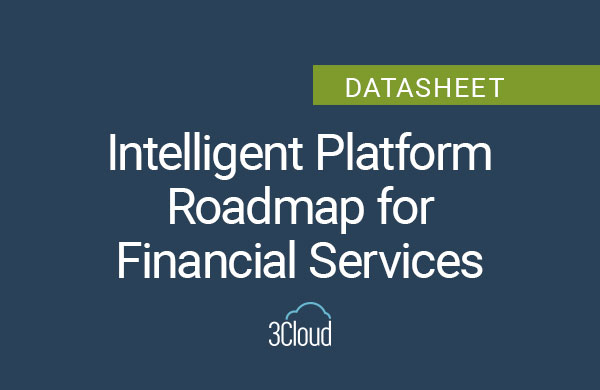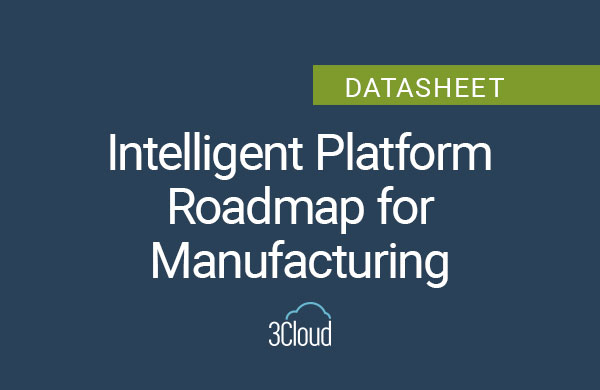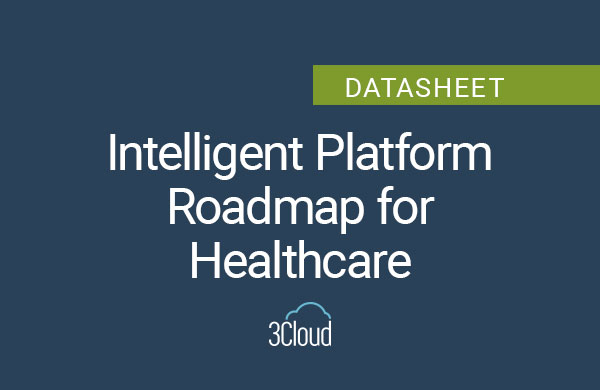Are you using your data as an asset to make predictions about your business? Some challenges that many businesses face are, large volumes of incoming data which they are unable to process and derive insights from, and data silos that make it difficult to find and share data as it’s spread across multiple sources within the organization, as well as slow adoption of AI/ML and real-time analytics. A Modern Data Platform in Azure can help overcome these challenges.
First, let’s look at how we got here from the Microsoft business intelligence we’ve had for over 20 years. In the past, most products were on premises, using SQL Server for our storage and ELT, master data, and data quality, and static reporting with SQL Server Reporting Services (SSRS). Security was in multiple places and change management was manual with much room for errors. Our data dictionary consisted of tables and field types, typically in Excel, and got outdated quickly and was hard to find as it was buried somewhere on the network.
Now in the cloud, the transition is surely for the better.
• Storage – we have a variety of options including Azure SQL Database, Azure Synapse, blob storage and Cosmos DB.
• ETL – we now use Azure Data Factory or Databricks.
• Delivery – reports are in Power BI in the form of dashboards and SSRS reports are being converted to paginated reports.
• Master Data and Data Quality – we have a variety of 3rd party vendors we are partnered with.
• Security – we can leverage Azure Key Vault, Azure RBAC which consists of roles assigned to people and groups, and service principles for some of our automation.
• Change Management – Azure DevOps boards enable us to set up tasks in sprints of time to bite off a chunk of work to complete, then update the ticket when complete, test, and move to production.
• Source Code Repository – Azure DevOps Git.
• Data Dictionary, Data Lineage, and Data Sensitivity – we have the new Azure Purview and this fills in a lot of gaps we had in the past.
If we look at the analytical maturity curve. (Please see the chart outlining this in my video.) We began with basic, static reports with limited Ad hoc and a single version of the truth and mainly created by IT. Now we’ve moved to self-service reporting with large ad hoc and we’re not dependent on IT for report creation. With Power BI we have empowered the user to build their own reports to investigate the data and gain insights to run the business, increase sales, streamline processes, and lower costs.
Predictive analytics is where we form models and allow machine learning to process the data and look for patterns over time. We can then move through the analytical maturity curve to real-time analytics and finally, real-time predictive modeling and mining which is event-based and allows for data discovery.
As you can see, we’ve come a long way over the years and a Modern Data Platform in Azure gives you a solid platform in which to run your business in the cloud and to better manage your data. Throw in data governance and Azure can handle most, if not all, of your data needs.
If you want to learn more about a Modern Data Platform for your business, our expert team and solution offerings can help your business with any Azure product or service, including Managed Services offerings. Contact us at 888-8AZURE or [email protected].




